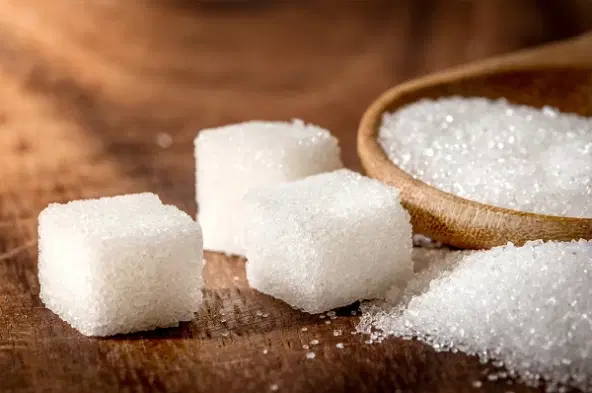On Monday, August 11, 2025, Financial Vanguard reported a 328% increase in Nigeria’s sugar and sugarcane imports, rising from ₦516.61 billion (2015–2019) to ₦2.21 trillion (2020–2024), highlighting the failure of the National Sugar Master Plan (NSMP), launched in 2010 and renewed in 2020, to achieve self-sufficiency. According to the National Bureau of Statistics (NBS), Nigeria’s local sugar production remains stagnant at 40,000 metric tonnes annually against a 1.7 million-tonne demand, creating a 97% deficit, nearly unchanged from 98% in 2010 when production was 30,000 tonnes, per the National Sugar Development Council (NSDC). The NSMP’s Backward Integration Programme, mandating import-licensed companies to invest in local production, aimed to establish 28 sugar factories and cultivate 250,000 hectares by 2020 but has fallen short, with imports costing $433.4 million in 2020 alone (Nairametrics).
Smallholder sugarcane farmers, like Musa Uba and Solomon Kaura in Kaduna, lamented government neglect, citing lack of access to improved seedlings, pesticides, irrigation, and markets, forcing sales to middlemen at low prices (₦4,000–₦10,000 per bundle), per Vanguard. The NSMP Phase II, launched in 2023, targets 2 million tonnes of sugar, 400 MW of electricity, and 110,000 jobs by 2033 with $3.5 billion in investments, as stated by NSDC’s Kamar Bakrin. However, farmers’ exclusion remains a key drawback, with calls for funding, training, and refining partnerships. X posts from @BusinessDayNG (August 7, 2025) criticized the government’s inaction, while @AgriInsite noted Nigeria’s potential to become a sugar exporter if smallholder challenges are addressed.

Leave a Reply